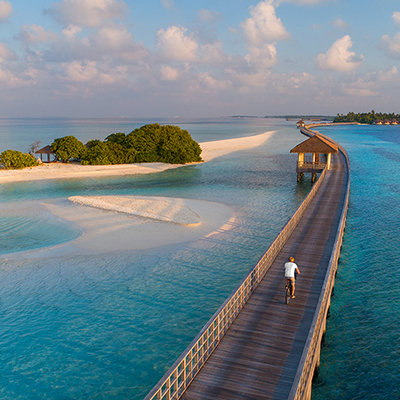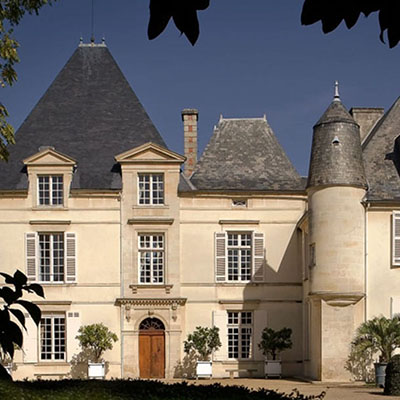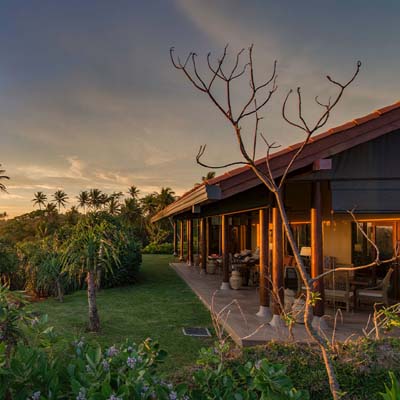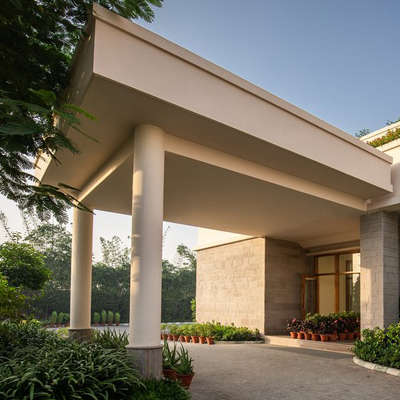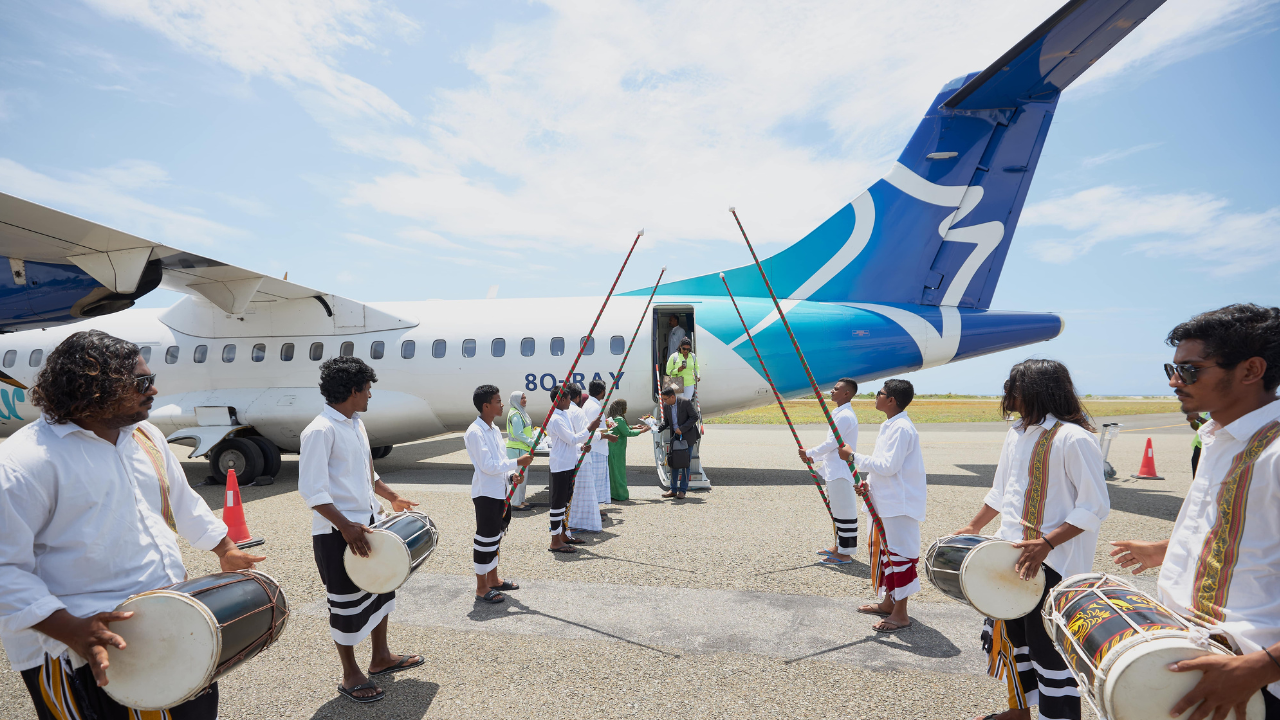
The date 1st March 2024 marks an important point in the Indo-Maldivian bilateral tourism economy. Maldives comes a tad closer to India. Manta Air, a premier Maldivian carrier is set to start direct flight from Bengaluru’s Kempegowda International airport to Dhaalu airport in the pristine island nation.
While this marks Manta’s maiden foray in international aviation, the strategic initiative is well aligned with the needs of an Indian traveler. It eliminates the need of travellers to transit through Male, hence saving on time and cost by providing direct access to the properties nestled in and around Dhaalu Atoll. The flights will be scheduled on Fridays, Sundays, and Tuesdays, arriving in the morning and departing late in the evening.
Ahead of the launch, Manta Air’s founder and CEO, Mohamed Khaleel interacted with The Luxe Café’s Manisha Rao to elaborate the reason behind India launch, Manta Air’s expansion plans and expectations from Indian market.
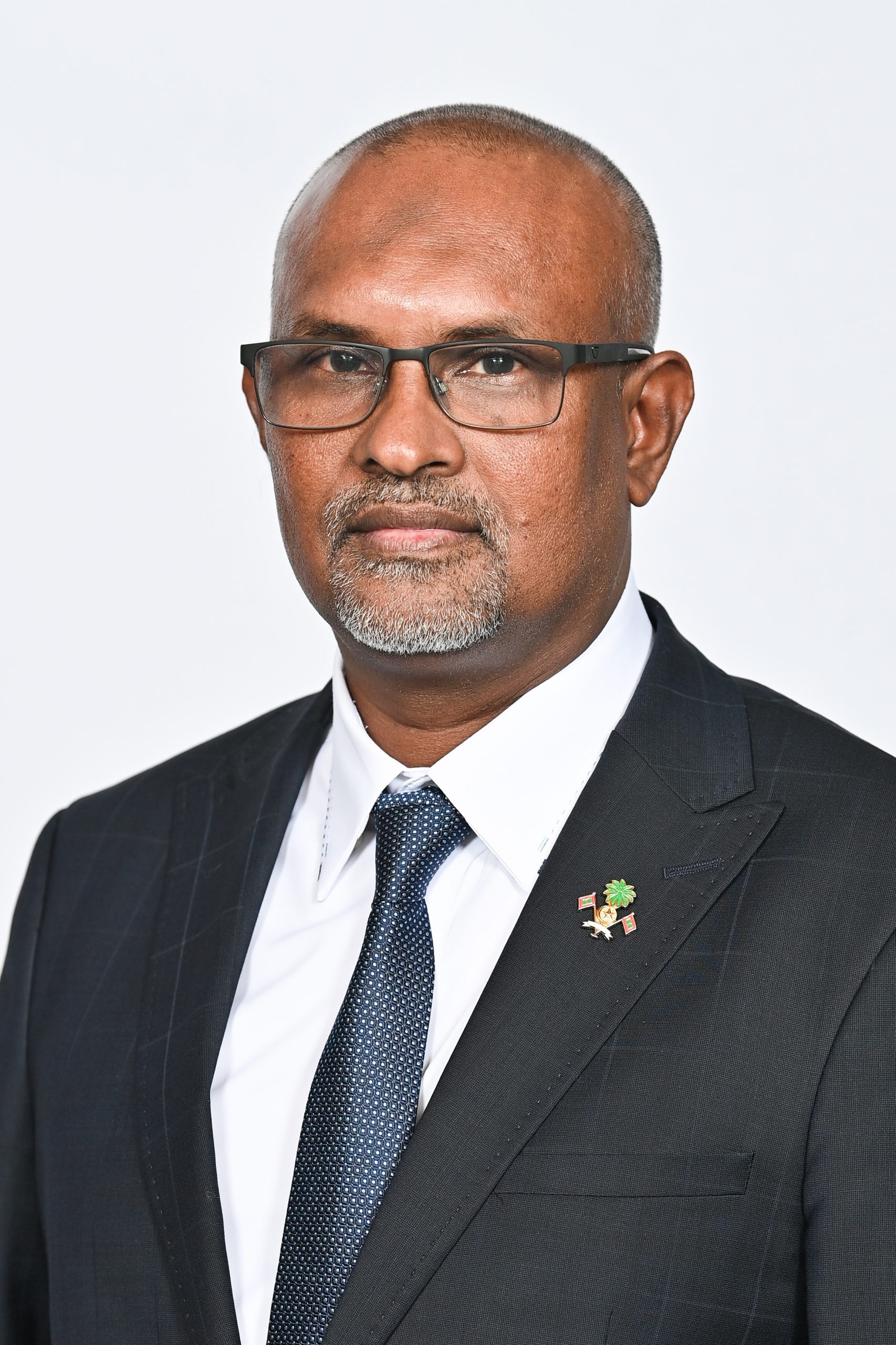
You have been known for operating some of the niche hotel chains. How then the sudden diversification to aviation?
We have primarily been hoteliers. We had no intentions to get into the aviation business. All I can say is that the foray is a need-based strategic diversification. It came to a point where our investments were about to fail because of the transfer services (sea plane/ speed boat) available at the Male airport to access the distant resorts. The guests had a tough time reaching Kandima resort because of the irregular timings of sea plane operations. To fix this issue, Manta Air was launched as a fixed-schedule carrier for which guests could make prior booking for themselves.
“Coming from hospitality background, we brought the hospitality experience in to the service aspect of the airline.”
What makes you different from other the airline operators in Maldives?
We are only doing 4-5 trips in a day vis-à-vis 7-8 trips done by other commercial sea plane operators. Our concept and philosophy is very different from the rest of the airline industry. We are not a typical airline but a service oriented one. Coming from hospitality background, we brought the hospitality experience in to the service aspect of the airline. The quality of service and consumer experience has brought us where we are today.
To give you classic example – Manta Air ATR 72-600 aircraft is a standard 72 seat aircraft, we reduced the seats to 64 and created the leg space for comfort. There is no economic sense for any aircraft to reduce the number of seats but we did so for customer experience.
Today we have three ATR 72-600s and 20 seaplanes operating. This is the fastest growing airline. No one has been able to achieve what we have.
How did you get into hospitality?
I always wanted to enter into hospitality from a very young age but never thought of becoming an entrepreneur. While in my growing years, I was quite enamoured by hotel’s GM profile and always dreamt of becoming one. I even worked in hotels in different capacities for a couple of years that helped me understand the basics of the trade and back operations before I started my own resort.
What made you choose Dhaalu Atoll as the airport base?
Choosing Dhaalu Atoll is a very strategic decision. Tourists couldn’t travel to this part of the Maldives as transition from Male would add a significant cost and travel time owing to the limited frequency of sea planes. With Dhaalu airport, this problem gets addressed.
We see an opportunity for us to grow in this area considering there are almost 10 resorts operating around this atoll including Kandima Maldives, Niyama Private Islands, St. Regis Maldives and RIU.
The other lucrative market which is fast growing is the guest house segment. Currently the guest house segment is flourishing within the radius of Male where speed boat distance is possible.
Dhaalu atoll is surrounded by 5 small atolls and is reachable by speed boat. With airport’s International operation, we do expect to see locals establishing a guest house market in the surrounding areas. This potential unlocks substantial opportunities.
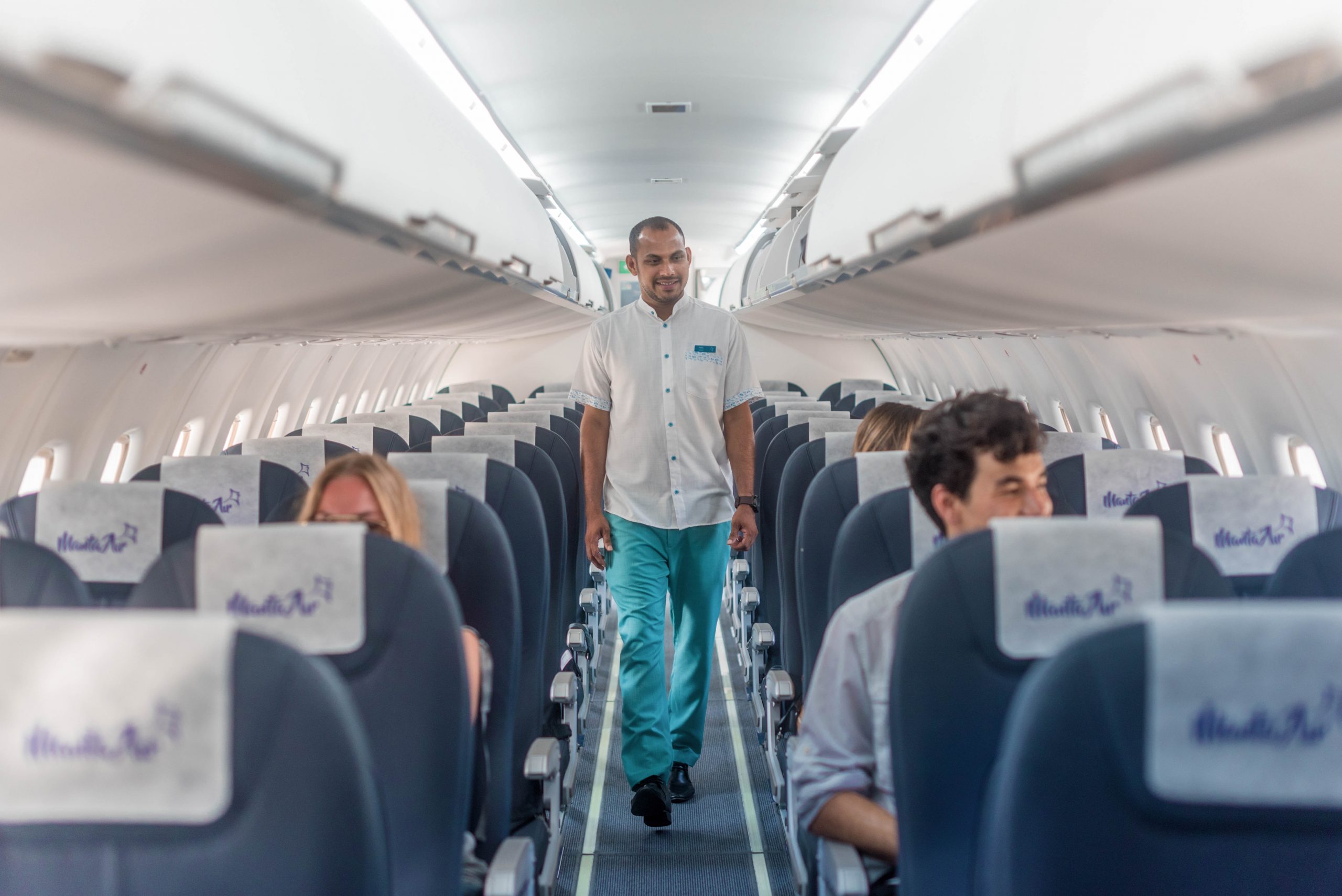
As a regional carrier, what brings you to India and why specifically, Bengaluru?
I see a lot of potential from India. Post Pandemic, tourism in Maldives took off in an unexpected way, bringing a lot of tourists from India, specially the honeymoon and family market segment. In fact, India is now among the top 4 countries in the world to visit Maldives.
The number flights from India to Maldives and the airline load has never gone down, this in itself is a good indicator.
Not to forget, the Indian wedding market which is quite lucrative. We intend to tap that. So far, it could not be pulled in because of the transfer logistics. Imagine taking so many people on to a sea plane to reach the final destination. That problem can be fixed by this operation coming out of Bangalore.
With ATR service, Bangalore is a viable destination with 40 million population, a lot of it in the middle market segment.
“We plan to add two Airbus A321s to our existing fleet of three ATR 72-600s and 20 seaplanes in the next two years to be able to expand our operations.”
Do you plan to expand your operations to other Indian cities soon?
We are targeting the South Indian market first considering the type of aircraft we have. Mumbai and Delhi are our most preferred markets and we plan to start operations there as soon as we have a suitable aircraft.
We are also open to other International carriers flying in like Indigo to cater to large demand from various parts of India. Currently, AIX Connect (former Air Asia) has shown a massive interest to fly here. But first, we are preparing ourselves to provide the infrastructure to them.
What are your further plans?
We are investing in Dhaalu airport to expand the runway and the terminal. By end of 2025, we will have a terminal and a runway capacity to accommodate Airbus A321s and other aircrafts of that size. This is when we will expand into other Indian cities. We plan to add two Airbus A321s to our existing fleet of three ATR 72-600s and 20 seaplanes in the next two years to be able to expand our operations.
The year 2025 also marks the entry of our three new resorts in Maldives — One in the ultra-luxury category with just 40-rooms and the other two in the mid-market segment.
What is luxury to you?
Luxury is subjective. To me, space and privacy is luxury. When it comes to hospitality, it’s the service quality.





